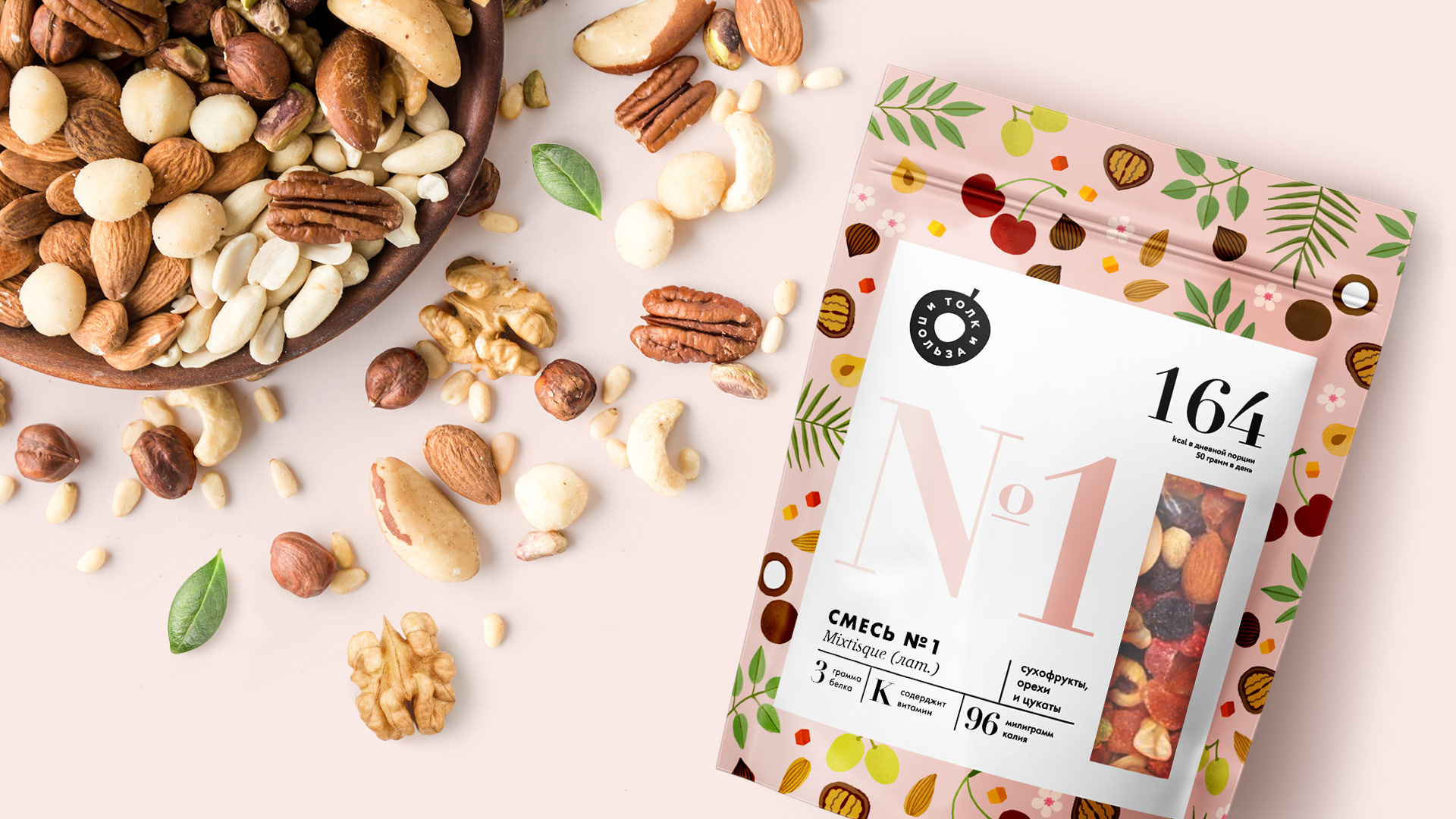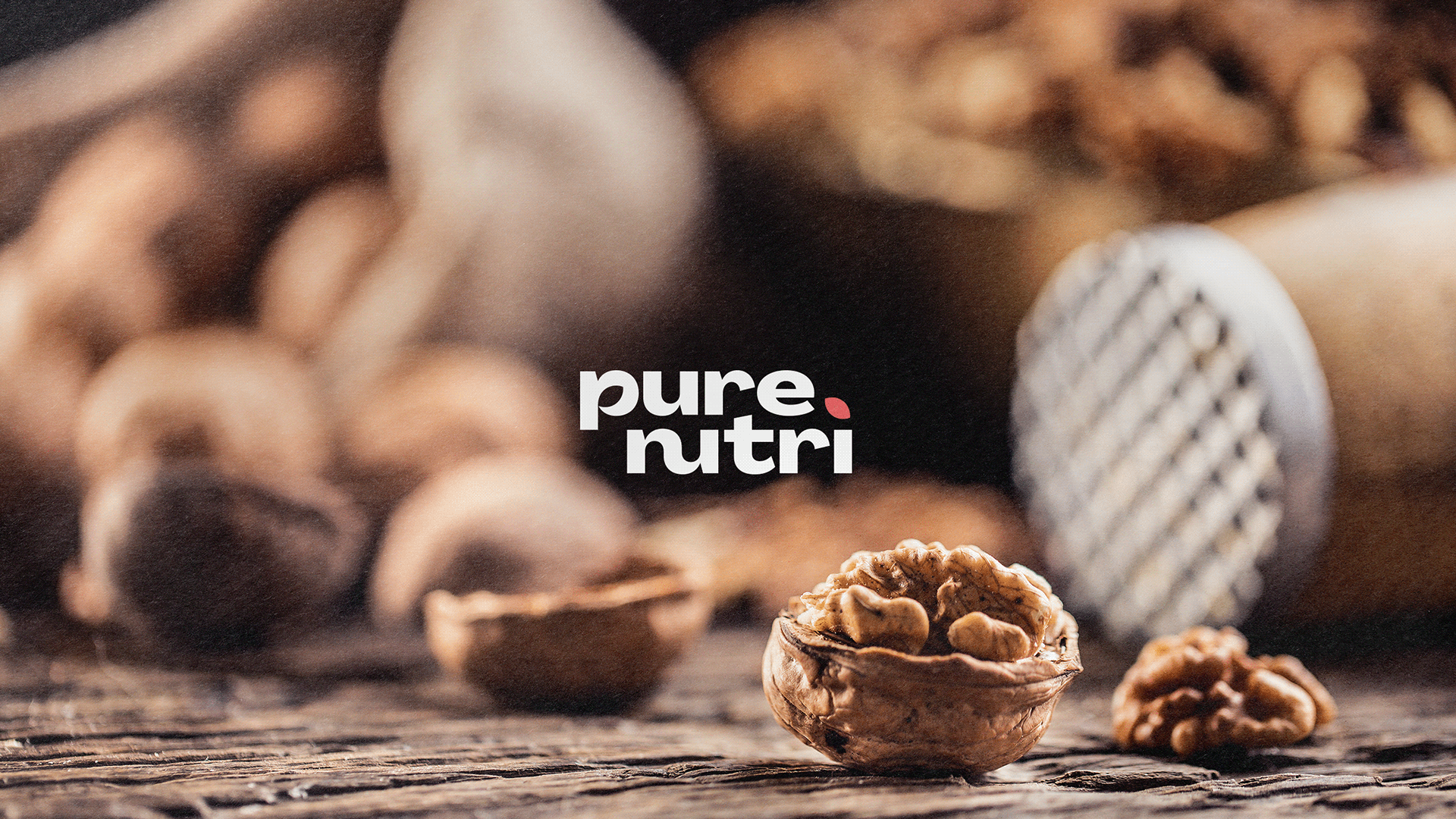In the dynamic world of food products, dry foods hold a significant market share. From breakfast cereals that kick - start our mornings to pasta that forms the base of countless delicious meals, and from crunchy snacks for munching to pet food that nourishes our furry friends, dry foods are diverse in their nature and applications. However, ensuring their quality from the manufacturing unit to the consumer's table is a challenge that hinges
heavily on packaging.
The Significance of Superior Packaging in Maintaining Dry Food Quality
Protecting Against Moisture Intrusion
Moisture is the arch - enemy of dry foods. For instance, grains such as rice, wheat, and oats are highly absorbent. Even a small amount of moisture can cause them to clump together, making them difficult to measure and cook with. Moreover, it creates an ideal environment for mold and bacteria to thrive. This not only spoils the food but can also pose health risks to consumers. Packaging materials with excellent moisture - barrier properties are essential. High - density polyethylene (HDPE) liners, often used in multi - layer packaging films, act as a formidable shield against moisture. These liners have an extremely low water vapor transmission rate, effectively locking out humidity and maintaining the dry, free - flowing state of the grains.
Shielding from Oxygen and Light
Oxygen can cause oxidation in dry foods, especially those rich in fats like nuts and seeds. Oxidation leads to rancidity, a process that not only alters the taste and smell of the food but also reduces its nutritional value. Packaging incorporating aluminum foil laminations is highly effective in blocking oxygen. The metal layer creates a physical barrier that prevents oxygen molecules from reaching the product. Additionally, light, particularly ultraviolet (UV) light, can also degrade dry foods. It can cause discoloration in products such as dried fruits and lead to the breakdown of certain nutrients. Packaging materials with UV - blocking additives or opaque coatings protect the food from the harmful effects of light, preserving its quality and appearance.
Airtight Seals for Freshness Retention
The integrity of the seal in dry food packaging is crucial. Airtight closures, whether it's a resealable zipper on a pouch or a snap - on lid on a container, create a hermetic environment. Stand - up pouches with robust zipper seals are a popular choice for many dry food products, such as coffee and tea. These seals prevent air from entering the package, which is vital as air contains both oxygen and moisture. They also allow consumers to easily open and close the package, ensuring that the product remains fresh between uses. Precision in sealing technology has advanced to the point that even small, granulated dry foods like spices can be securely packaged, with seals that resist leakage and keep the product intact during storage and transportation.

Innovations in Dry Food Packaging for Enhanced Quality Preservation
Custom - Shaped and Sized Packaging
One - size - fits - all packaging is a thing of the past. Customization in shape and size has revolutionized dry food packaging. Consider the packaging for dry pet food. Large, rectangular containers with easy - pour spouts are designed for convenient dispensing, which is especially useful for pet owners who need to measure out the right amount of food for their pets. On the other hand, smaller, portion - controlled sachets are ideal for travel or for single - serving use. This not only helps in portion control but also ensures that the remaining food stays fresh. For artisanal dry food products, unique shapes can enhance brand identity. A gourmet popcorn brand might opt for a cylindrical tin with a decorative lid. This not only protects the popcorn from moisture and breakage but also makes a statement on the store shelf, attracting consumers.
Interactive and Informative Packaging Features
In the modern era of consumer empowerment, packaging is no longer just a container; it has evolved into a source of information and engagement. QR codes on dry food packaging have become increasingly prevalent. When a consumer scans the QR code on a bag of dried beans, they can be directed to a wealth of resources. This could include recipes that use the beans, cooking tips, information about the origin of the beans, and details about the brand's sustainability practices. Some packaging even incorporates augmented reality (AR) features. For example, a brand of dry cereal could use AR to bring the cereal box to life. Animated characters could pop up, or interactive games could be made available, engaging children and creating a memorable brand experience. This not only adds value to the product but also helps in building a connection with the consumer.

The Role of Sustainability in Quality - Oriented Dry Food Packaging
Eco - Friendly Materials
With growing environmental concerns, sustainable packaging has transitioned from a niche concept to a mainstream necessity. Biodegradable materials, such as polylactic acid (PLA) derived from renewable resources like corn starch, are being increasingly used in dry food packaging. A company selling dried fruits might choose PLA - based pouches. These pouches break down naturally over time, reducing plastic waste, and at the same time, they can be designed to have excellent barrier properties to protect the fruits from moisture and oxygen. Recycled paperboard is another popular choice, especially for products like cereal boxes. Brands can proudly display the recycled content on their packaging, appealing to eco - conscious consumers. This not only helps in environmental conservation but also resonates with consumers who are more likely to choose products from brands that demonstrate a commitment to sustainability.
Reducing Packaging Waste
Innovative design strategies are also focused on minimizing packaging waste. Some dry food products are now being packaged in minimalist designs, using only the necessary amount of material to protect the product. For example, a brand of dehydrated soups might use a flat, flexible pouch with a minimal amount of plastic, eliminating the need for a bulky box. Additionally, some companies are exploring refillable packaging options. A coffee brand could offer a reusable canister, with consumers purchasing refills in smaller, more sustainable packaging. This reduces the overall volume of packaging waste generated and also encourages consumers to be more environmentally conscious in their purchasing habits.
Superior
dry food packaging is a multi - faceted concept that encompasses protecting against external elements, embracing innovative design features, and promoting sustainability. Brands that invest in high - quality, well - designed, and eco - friendly packaging not only ensure the longevity and quality of their products but also gain a competitive edge in the marketplace. As the dry food industry continues to grow and evolve, packaging will remain a critical factor in delivering products of the highest quality to consumers.

